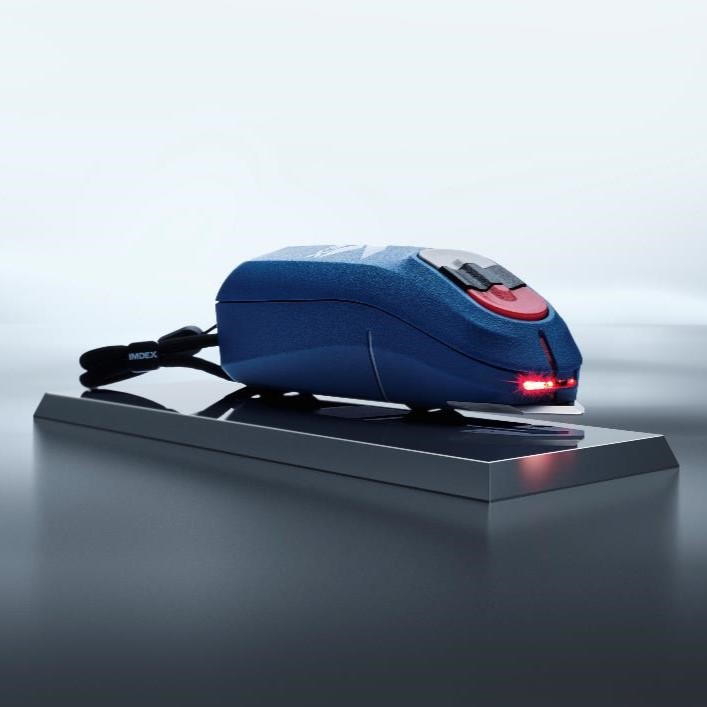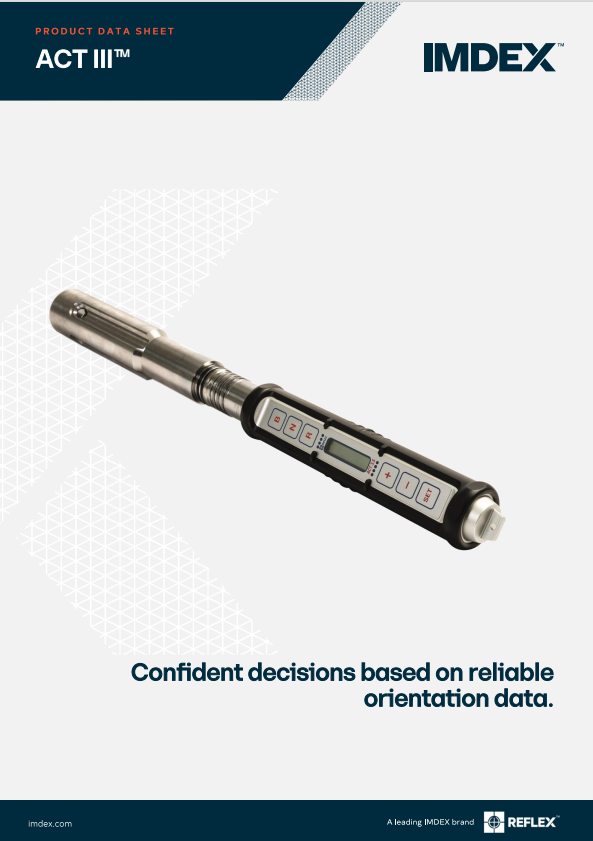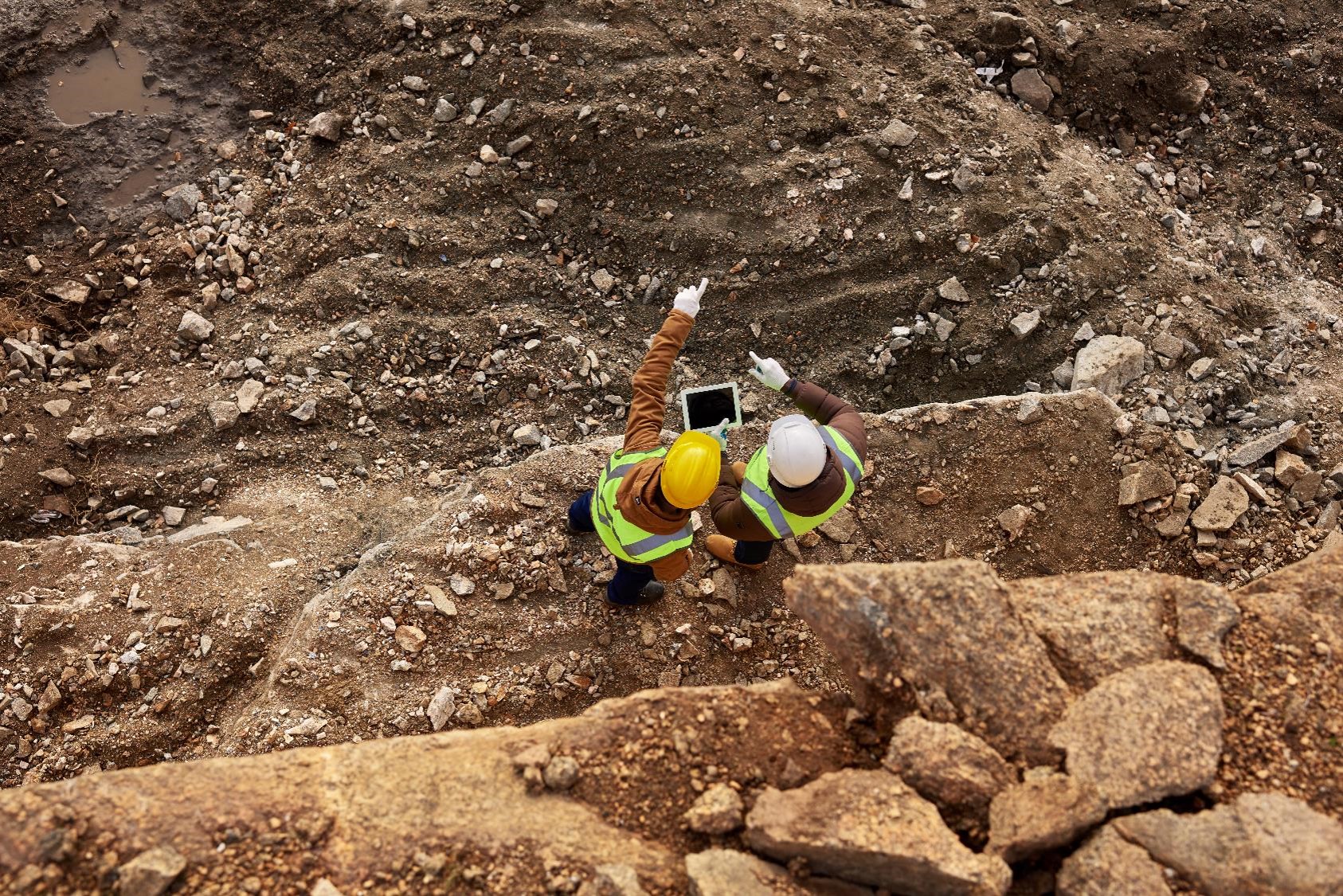Technical specifications
Core Sizes
N, N2, N3, H, H3, P, LTK60, B, BTK®, W/L56, W/L66, W/L76, BTW, NTW
Dimensions
ACT III
Length
300 – 400mm
Control unit
Outer diameter
42mm
Length
300mm
Weight
30kg (Average weight per kit)
Accuracy
Range
0º to ±88º dip
Accuracy
0º to ±88º dip
Depth rating
Downhole instrument housing pressure
Up to 10, 000psi
Rating
Temperature
Downhole instrument - Operating
-30ºC to +60ºC (-22ºF to 176ºF)
Control unit - Operating
-30ºC to +50ºC (-22ºF to 122ºF)
Depth
Downhole instrument housing pressure
Up to 10, 000psi
Battery
Battery type
Non-rechargeable lithium battery pack
Downhole Instrument
Battery life - Infrequent use
Up to 2 years (approx.)
Battery life - Normal use
Up to 12 months (approx.)
Control unit
Battery life - Infrequent use
>2 years (approx.)
Battery life - Normal use
>2 years (approx.)
Product support, anywhere, anytime
We’re committed to offering the highest level of support to our customers, which is why we have launched our Customer Care Portal, so you can receive support on our products and solutions, wherever you are in the world.
- Raise product support requests anytime (24/7)
- Access our comprehensive knowledge base
- Track and manage your support requests
Frequently asked questions
What is core orientation?
What holes sizes is the ACTIII compatible with?
The ACTIII can be used to orient core in hole sizes N, N2, N3, H, H3, P, LTK60, B, BTK®, W/L56, W/L66, W/L76, BTW, NTW

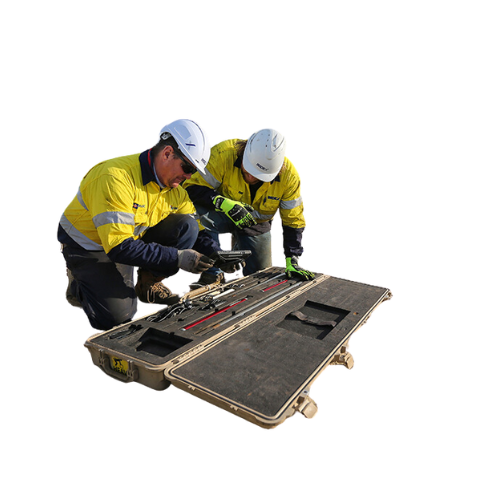
.png)
.png)
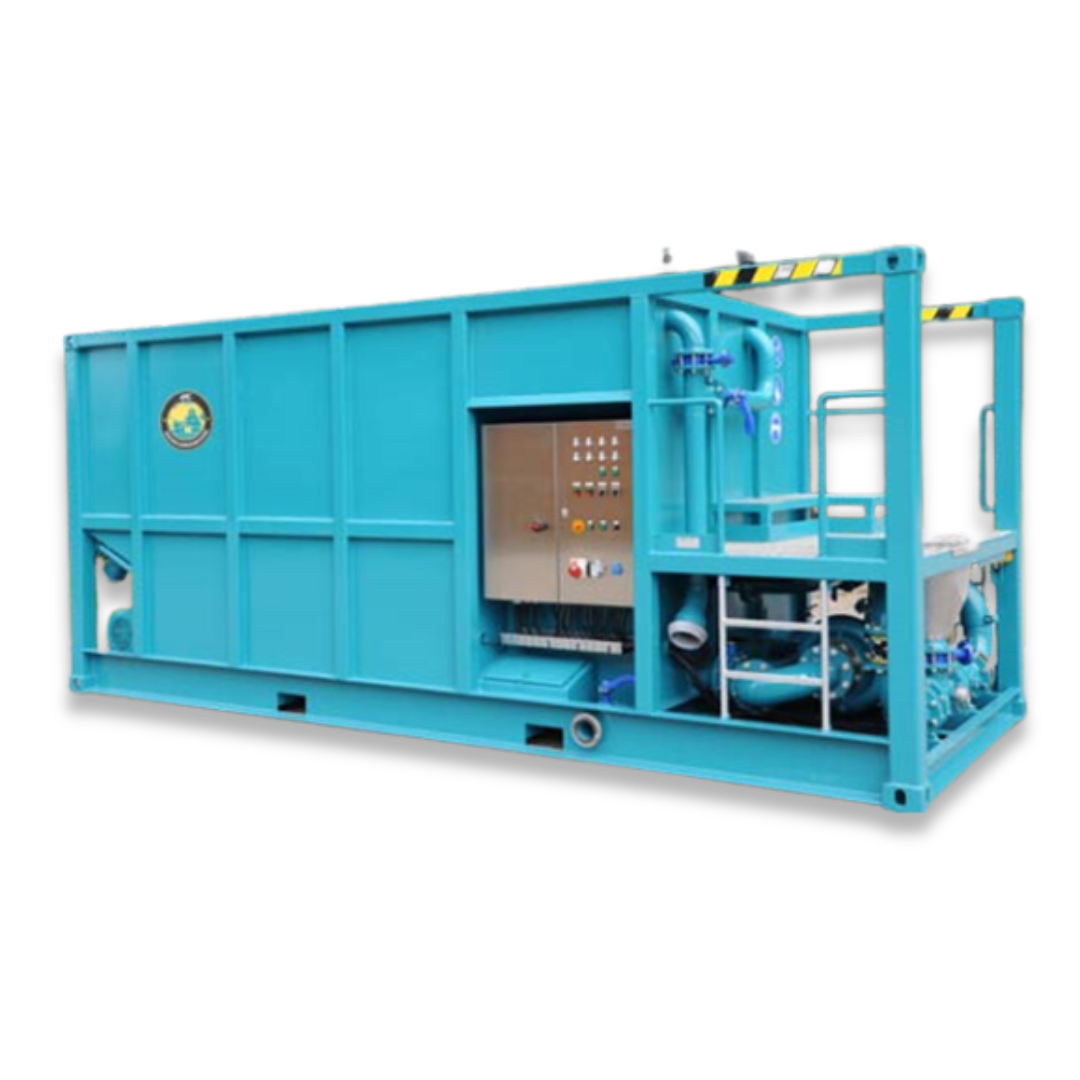
.png)
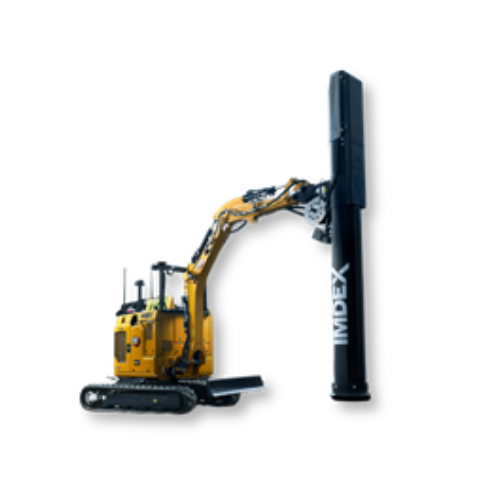
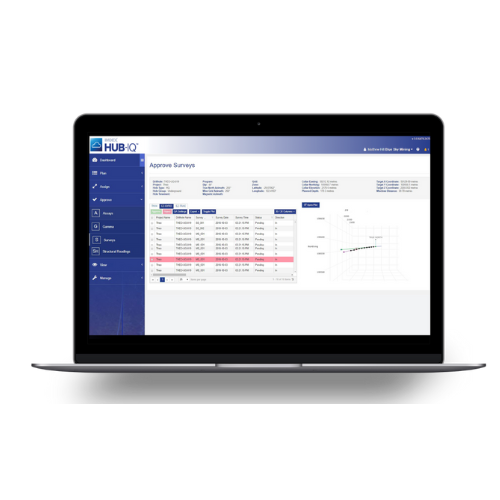
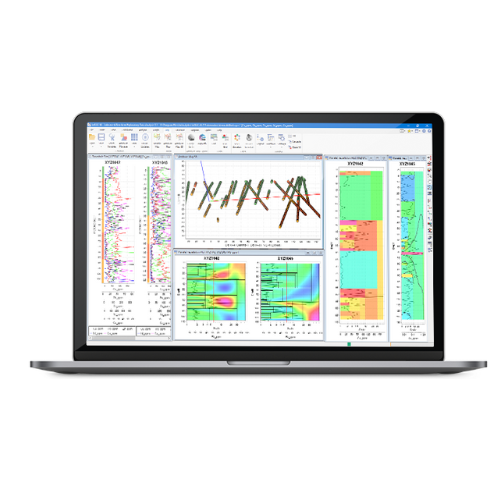



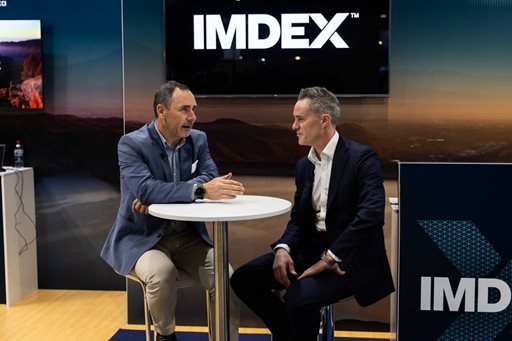


.png)

